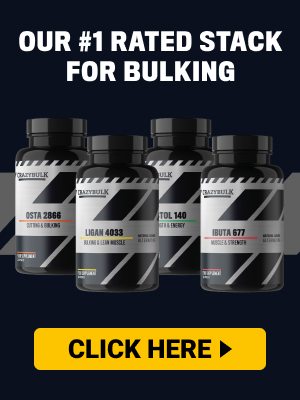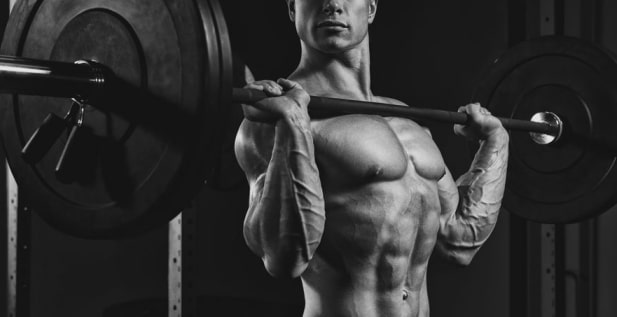PHUL vs PPL: Which Program Should You Run for Maximum Gains?
When you’re past the beginner stage and ready for a structured routine, two popular programs often come up: PHUL (Power Hypertrophy Upper Lower) and PPL (Push Pull Legs).
Both programs are proven to build muscle and strength. Both hit each muscle group twice per week. Both blend strength and hypertrophy principles. But which is better for you?
The answer depends on your goals, schedule, and recovery ability. In this guide, we’ll compare PHUL vs PPL in detail so you can pick the program that gives you the best results.
🔎 Quick Overview
- PHUL (Power Hypertrophy Upper Lower):
- 4-day program
- Splits workouts into upper and lower body sessions
- Combines strength (power) days and hypertrophy days
- Recovery-friendly, great for intermediates
- PPL (Push Pull Legs):
- 3–6 day program
- Organizes training by movement patterns: push, pull, legs
- Scalable frequency (1–2x per week per muscle)
- More flexible and customizable
🏋️ What Is PHUL?
PHUL is a 4-day split designed by Brandon Campbell to balance strength and hypertrophy training. Each week includes both power days (low reps, heavy lifts) and hypertrophy days (moderate weight, higher reps).
Typical Weekly Layout
- Day 1: Upper Power
- Day 2: Lower Power
- Day 3: Rest
- Day 4: Upper Hypertrophy
- Day 5: Lower Hypertrophy
- Days 6–7: Rest
Key Features of PHUL
- Fixed 4-day schedule — great for busy lifters.
- Strength + size balance: heavy compounds plus accessory work.
- Trains each muscle group twice per week.
- Moderate weekly volume (12–18 sets per muscle).
👉 PHUL is perfect for intermediates who want both strength gains and muscle growth without overcomplicating training.
💥 What Is PPL?
The Push Pull Legs (PPL) split is one of the most popular and versatile routines in modern lifting. Instead of dividing workouts by body part, it organizes them by movement patterns.
- Push Day: Chest, shoulders, triceps
- Pull Day: Back, biceps, rear delts
- Leg Day: Quads, hamstrings, glutes, calves
Frequency Options
- 3-Day PPL: Each muscle once per week (good for beginners).
- 6-Day PPL: Each muscle twice per week (ideal for intermediates/advanced naturals).
Key Features of PPL
- Highly flexible: can run 3–6 days depending on schedule.
- Balanced volume distribution across sessions.
- Excellent for naturals, who benefit from more frequent stimulation.
- Supports long-term progression with repeated practice of compounds.
👉 PPL is best suited for lifters who want a high-frequency, flexible routine that can grow with them.
🔍 PHUL vs PPL: Key Differences
Training Frequency
- PHUL: Fixed at 4 days/week, 2x per muscle.
- PPL: Flexible (3–6 days). Twice per muscle if run 6 days.
Winner: PPL (for flexibility).
Volume Distribution
- PHUL: Moderate weekly volume, evenly spread across upper and lower body.
- PPL: Volume depends on frequency — moderate on 3 days, high on 6 days.
Winner: Tie — depends on how many days you train.
Strength vs Hypertrophy Balance
- PHUL: Specifically designed to balance strength and hypertrophy.
- PPL: Can be strength- or hypertrophy-focused depending on exercise selection, but less structured.
Winner: PHUL (clearer balance built in).
Complexity
- PHUL: Simple, structured, easy to follow.
- PPL: Highly customizable, but requires more planning.
Winner: PHUL (if you want simplicity).
Recovery Demands
- PHUL: 3 rest days built in → recovery-friendly.
- PPL: 6-day version is demanding and requires excellent recovery.
Winner: PHUL (better for busy lifters and those with average recovery).
Progression & Practice
- PHUL: Each big lift practiced once per week (on power day).
- PPL: Big lifts practiced more often (especially on 6-day version).
Winner: PPL (faster skill acquisition).
Best for Different Lifter Levels
- Beginners: PPL (3-day version).
- Intermediates: PHUL (balanced and recovery-friendly).
- Advanced: PPL (6-day version, customizable).

📊 Side-by-Side Comparison Table
| Feature | PHUL | PPL |
| Days/Week | Fixed 4 | 3–6 |
| Frequency | 2x per muscle | 1–2x per muscle |
| Volume | Moderate (12–18 sets/week) | Variable (moderate to high) |
| Complexity | Simple, structured | Customizable, flexible |
| Strength Balance | Built-in power + hypertrophy | Depends on setup |
| Recovery Demand | Moderate, recovery-friendly | High (6-day), moderate (3-day) |
| Best For | Intermediates | Beginners, advanced, flexible |
✅ Who Should Choose Which?
Go With PHUL If:
- You’re an intermediate lifter with 1–3 years experience.
- You want both strength and hypertrophy.
- You can only train 4 days per week.
- You value structure and simplicity.
Go With PPL If:
- You’re a beginner and want a simple 3-day routine.
- You’re an advanced lifter ready for 6 days per week.
- You want a flexible program that adapts to your schedule.
- You prefer more frequent practice of big lifts.
⚡ PHUL vs PPL: Final Verdict
Both PHUL and PPL are excellent training programs — but they shine in different scenarios.
- PHUL is best for intermediates who want a balanced, recovery-friendly routine with a clear mix of strength and hypertrophy.
- PPL is best for lifters who want flexibility. It works great for beginners (3 days) and advanced lifters (6 days), but demands careful recovery at higher frequencies.
👉 If you’re stuck between the two, here’s a simple rule:
- Train 4 days? → PHUL
- Train 3 or 6 days? → PPL
🔗 Next Steps:
- Read the full [PHUL Workout Guide]
- Read the full [Push Pull Legs Guide]
- Compare [PPL vs Bro Split: Which Builds More Muscle?]






